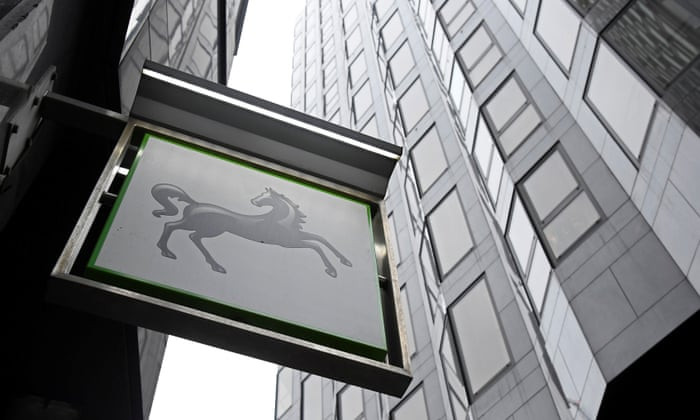To finally settle their involvement in Britain's mis-selling of payment protection insurance (PPI), which is also its most expensive consumer banking scandal, Lloyds and Barclays each have to pay out around 2 billion pounds more.
The deadline for filing claims was Aug. 29 this year and a surge forced the two banks to set aside more compensation.
PPI has been sold since 1992 until 2010 along with credit cards, loans, and mortgages so the borrowed amount can get repaid if the borrower loses his or her job or became ill.
The banking industry, upon noticing PPI be very profitable, more lucrative than a car or house insurance, began aggressively selling it.
When it was reported in 2004 that many banks were just returning 15% to claimants, this opened the floodgates.
Vince Cable, then a Liberal Democrat Treasury spokesman, asked for an investigation of PPI on grounds of being ineffective because PPI was structured to limit the payout possibility of someone who is really ill.
PPI was also sold to customers either as an essential, without their knowledge or to those who were employed who will never qualify for a claim.
Likewise, PPI has long delays brought about by complicated claim procedures.
Britain's Financial Services Authority has PPI as one of its priorities in 2005 when it regulated the insurance industry.
By the end of the year, a letter to heads of Britain's banks was sent out detailing the situation.
By then, Barclays and HBOS, which is now owned by Lloyds, were the ones earning big from PPI.
In 2011, Britain's High Court ruled that consumers could retroactively get compensation for these mis-sold policies.
Since then, 36 billion pounds had been paid out with the expected amount to compensate everyone to total 50 billion pounds.
Six of Britain's largest banks said their additional provisions are worth billions of pounds in total.
Because Lloyds is Britain's biggest lender, it has been hit the most with the scandal having paid out 20 billion pounds already.
Since Lloyds started taking claims in 2011, the average requests were 70,000 PPI information a week.
Lloyds said it had, per week in August, got 600,000-800,000 information requests regarding PPI.
The bank was only expecting 190,000 weekly.
Because of this, it needed an additional 1.2-1.8 billion pounds from its third-quarter results for payouts.
Likewise, the bank had gotten a claim from the Insolvency Service's Official Receiver representing bankrupt consumers which make settlement costs higher causing a major dent in Lloyds' profitability.
Lloyds made provisions of 650 million pounds for the first half of the year.
This means the total cost for Lloyds 2019's PPI settlement could hit around 2.45 billion pounds, a staggering 41% of its 6 billion pounds pretax profit from last year.
Just this May, regulators lessened Lloyds required core capital ratio to 12.5% from 13% amounting to 1 billion pounds.
Barclays, however, announced that it targets holding its core target capital level at 13% by year-end.






